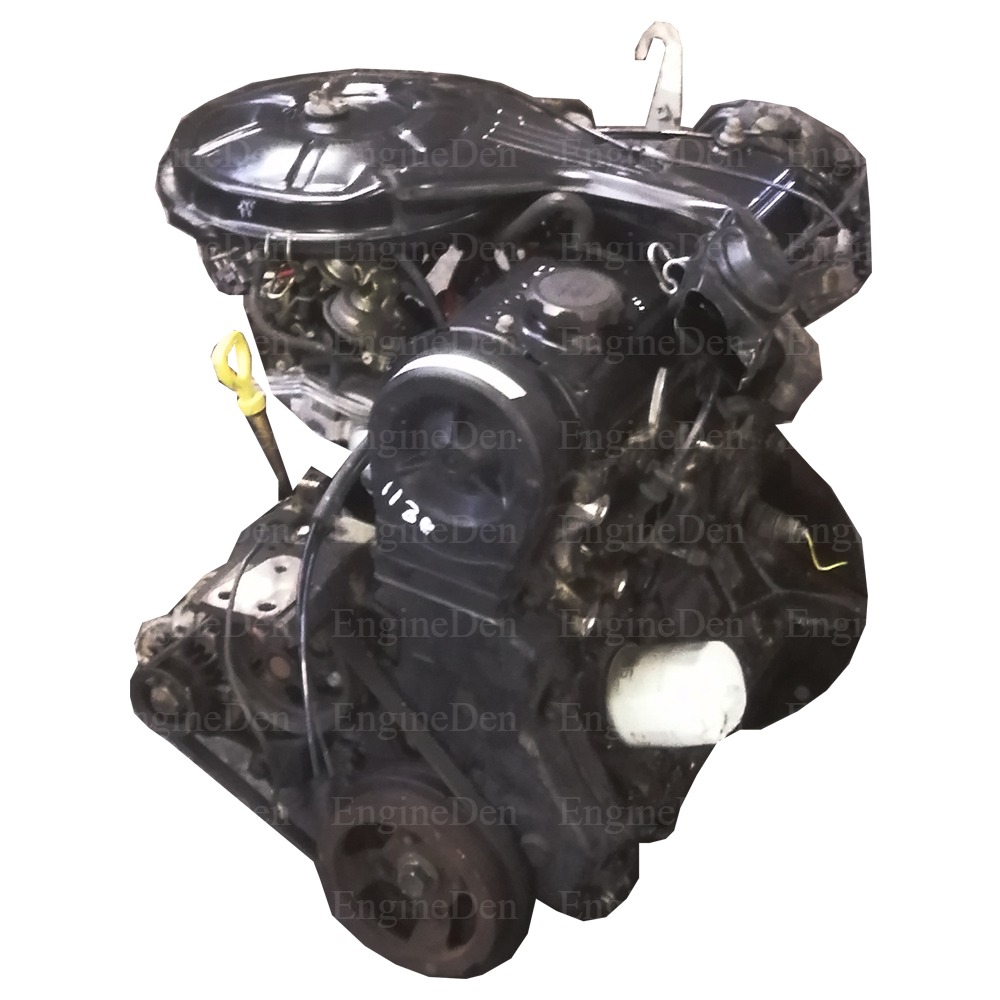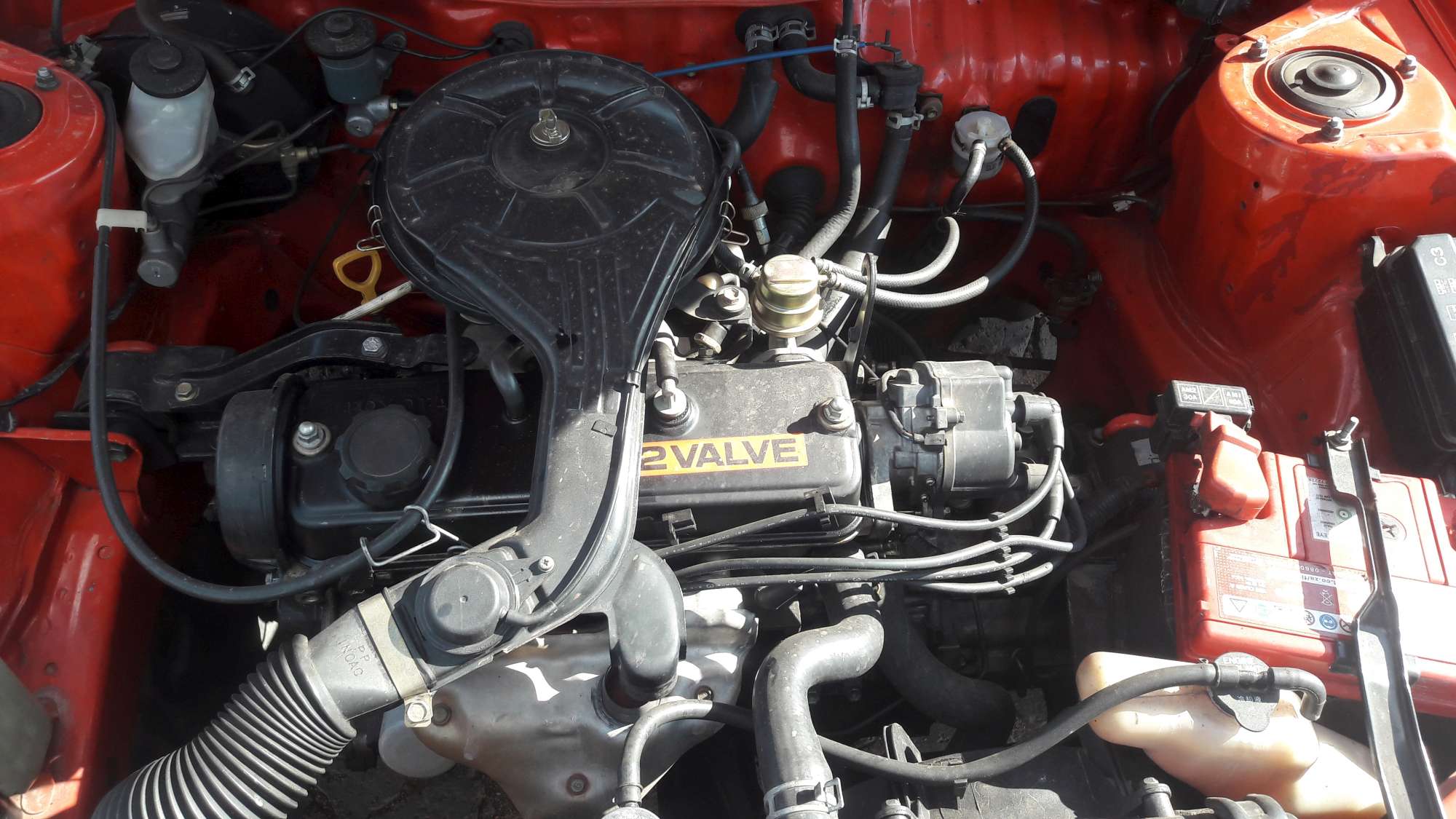Discover the Most Current Trends in Engine Modern Technology With Tazz
In the rapidly advancing landscape of vehicle innovation, Tazz stands at the center, highlighting considerable developments in engine systems that focus on both development and sustainability. tazz. From crossbreed engines that enhance gas effectiveness to the emergence of hydrogen fuel cells, the fads shaping modern-day powertrains are not only boosting performance however additionally attending to critical ecological obstacles. As the market remains to push limits, it is important to think about just how these developments will certainly influence future transportation remedies and the broader ramifications for international energy usage. What lies ahead in this essential makeover?
Crossbreed Engine Innovations
Crossbreed engine developments stand for a crucial change in auto modern technology, incorporating the advantages of interior combustion engines with electrical propulsion systems. This integration not only boosts gas efficiency but also lowers emissions, meeting significantly rigorous ecological policies. By using both power resources, hybrid engines can enhance performance, providing power when needed while saving fuel throughout much less requiring driving conditions.
Recent improvements in hybrid modern technology consist of improvements in battery performance and regenerative braking systems. These advancements enable greater power healing throughout deceleration, which can be rerouted to assist in acceleration or power accessory systems. Moreover, makers are focusing on portable designs and light-weight materials to make best use of the effectiveness of hybrid powertrains.
The advancement of plug-in crossbreeds has additionally expanded the market, enabling motorists to bill their cars making use of conventional electric outlets. This feature commonly enables considerable all-electric array, further reducing dependancy on traditional fuels. tazz. As the vehicle sector remains to progress, hybrid engine modern technologies are expected to play a critical function in bridging the space in between standard vehicles and completely electric models, giving a transitional service that accommodates varied customer needs and choices
Advancements in Electric Powertrains
The automotive landscape is rapidly evolving, with electrical powertrains becoming a leading pressure in lasting transport. Breakthroughs in electric vehicle (EV) technology are significantly enhancing performance, effectiveness, and customer experience. Trick developments include improvements in battery chemistry, which have increased power density, reduced charging times, and extended general battery life.
Solid-state batteries, for instance, assure to change the marketplace by offering higher safety and security and performance contrasted to conventional lithium-ion cells. Additionally, advancements in regenerative stopping systems are making it possible for automobiles to recover energy during slowdown, adding to general performance.
Along with battery modern technology, electrical motor styles are ending up being more sophisticated. Technologies such as incorporated motors and advanced thermal administration systems are assisting to maximize power distribution and minimize weight, eventually boosting vehicle characteristics.

Collectively, these advancements underscore the dedication to transition towards cleaner, more efficient transportation solutions, placing electrical powertrains at the leading edge of automotive advancement.
The Surge of Hydrogen Gas Cells
Significantly, hydrogen gas cells browse around these guys are getting grip as a sensible alternative to standard interior burning engines and battery electric vehicles. This technology takes advantage of the chemical energy stored in hydrogen, transforming it right into electrical power via an electrochemical response with oxygen. The primary byproduct of this process is water, making hydrogen gas cells an eco-friendly alternative with zero emissions at the tailpipe.

Car manufacturers are progressively investing in hydrogen navigate to this website fuel cell innovation, recognizing its capacity for long-range applications and fast refueling capabilities that rival traditional gas. Furthermore, industries such as durable transport and public transportation are particularly well-suited for hydrogen fuel cells, where battery electric services may drop short because of weight and range limitations.
As research and investment remain to increase, hydrogen fuel cells are positioned to play a significant function in the future landscape of tidy transport and power solutions.
Enhancements in Internal Combustion Engines
Advancements in internal combustion engine (ICE) modern technology are changing conventional lorries to fulfill modern-day ecological criteria and performance assumptions. Among one of the most significant enhancements entails the assimilation of sophisticated fuel shot systems. These systems maximize the air-fuel mixture, boosting burning effectiveness and leading to decreased emissions. Straight gas shot, for example, enables far better atomization of gas, bring about even more full burning and enhanced power result.
Furthermore, turbocharging has obtained importance, allowing smaller engines to supply greater performance without the weight of bigger engines - tazz. This innovation not only boosts performance but likewise adds to decrease fuel intake. Variable valve timing Visit Website systems are additionally being refined, allowing engines to adjust to different driving problems for boosted torque and responsiveness
Moreover, the usage of lightweight products in engine construction is becoming typical, additional enhancing fuel efficiency by decreasing general lorry weight. Engine control units (ECUs) are significantly advanced, enabling real-time adjustments that maximize performance and exhausts.
These improvements collectively represent a crucial shift in ICE modern technology, lining up with international sustainability goals while still giving the efficiency motorists anticipate from their cars. As the industry advances, these enhancements continue to shape the future of conventional vehicle design.
Future Trends in Engine Performance
Significant innovations in engine efficiency are prepared for as suppliers focus on integrating advanced modern technologies to fulfill rigorous ecological guidelines and customer needs. The shift towards electrification, hybrid systems, and alternate fuels is improving the auto landscape, driving developments that enhance gas economy and reduce exhausts.
One of the vital fads is the execution of advanced products and producing techniques. Lightweight composites and high-strength alloys add to reduced car weight, hence boosting overall efficiency. Furthermore, the adoption of turbocharging and variable shutoff timing technologies permits enhanced power result from smaller sized engines, better boosting gas economic climate.

Final Thought
Innovations in crossbreed engine systems, electric powertrains, and hydrogen fuel cells show a commitment to reducing exhausts while enhancing performance. Renovations in internal combustion engines and a focus on light-weight products add to overall engine effectiveness.
From crossbreed engines that enhance gas efficiency to the appearance of hydrogen fuel cells, the trends forming modern-day powertrains are not only boosting performance however likewise resolving critical environmental challenges.Hybrid engine advancements stand for a crucial shift in auto modern technology, incorporating the benefits of interior burning engines with electrical propulsion systems.In addition, turbocharging has gained prominence, enabling smaller engines to supply higher performance without the weight of bigger engines. Additionally, the adoption of turbocharging and variable shutoff timing modern technologies permits for enhanced power outcome from smaller sized engines, even more boosting fuel economy.
Improvements in inner burning engines and a focus on light-weight products contribute to total engine effectiveness.